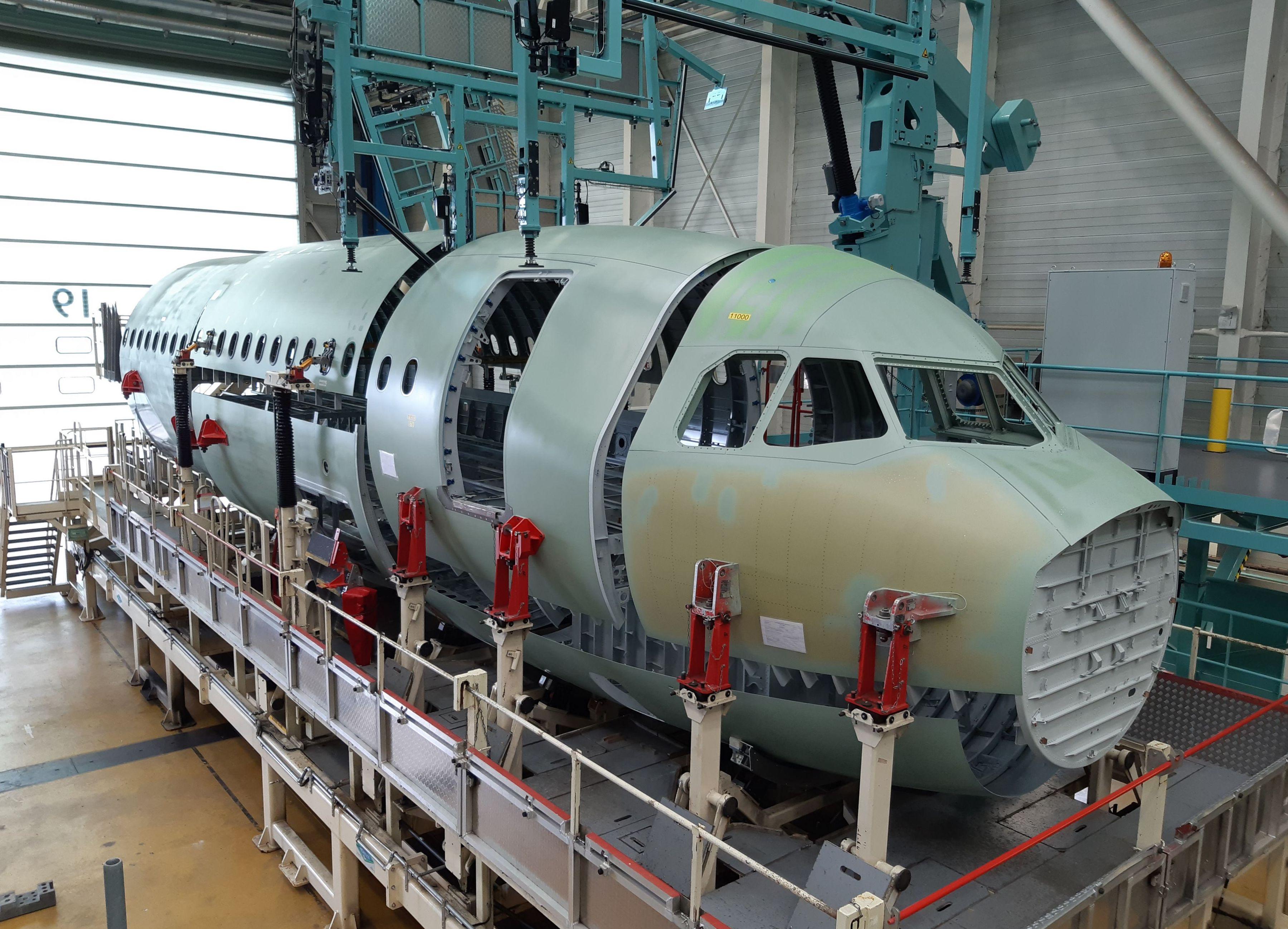
Credit: Airbus / S. Verger
Airbus is insisting that its planned production rate increases are strongly supported by customer demand and needs more buy-in from a supply chain reluctant to come in fully behind the expansion. “I am disappointed that some partners are challenging the ramp-up,” Airbus CEO Guillaume Faury said...
Subscription Required
This content requires a subscription to one of the Aviation Week Intelligence Network (AWIN) bundles.
Schedule a demo today to find out how you can access this content and similar content related to your area of the global aviation industry.
Already an AWIN subscriber? Login
Did you know? Aviation Week has won top honors multiple times in the Jesse H. Neal National Business Journalism Awards, the business-to-business media equivalent of the Pulitzer Prizes.

